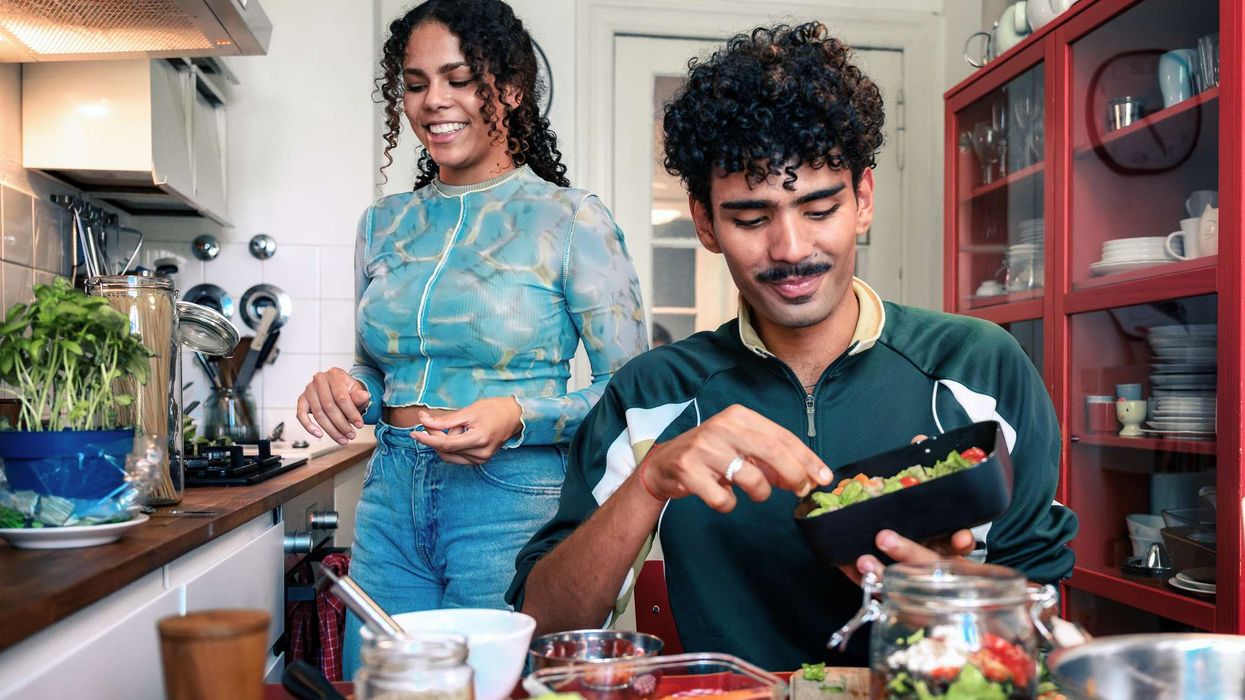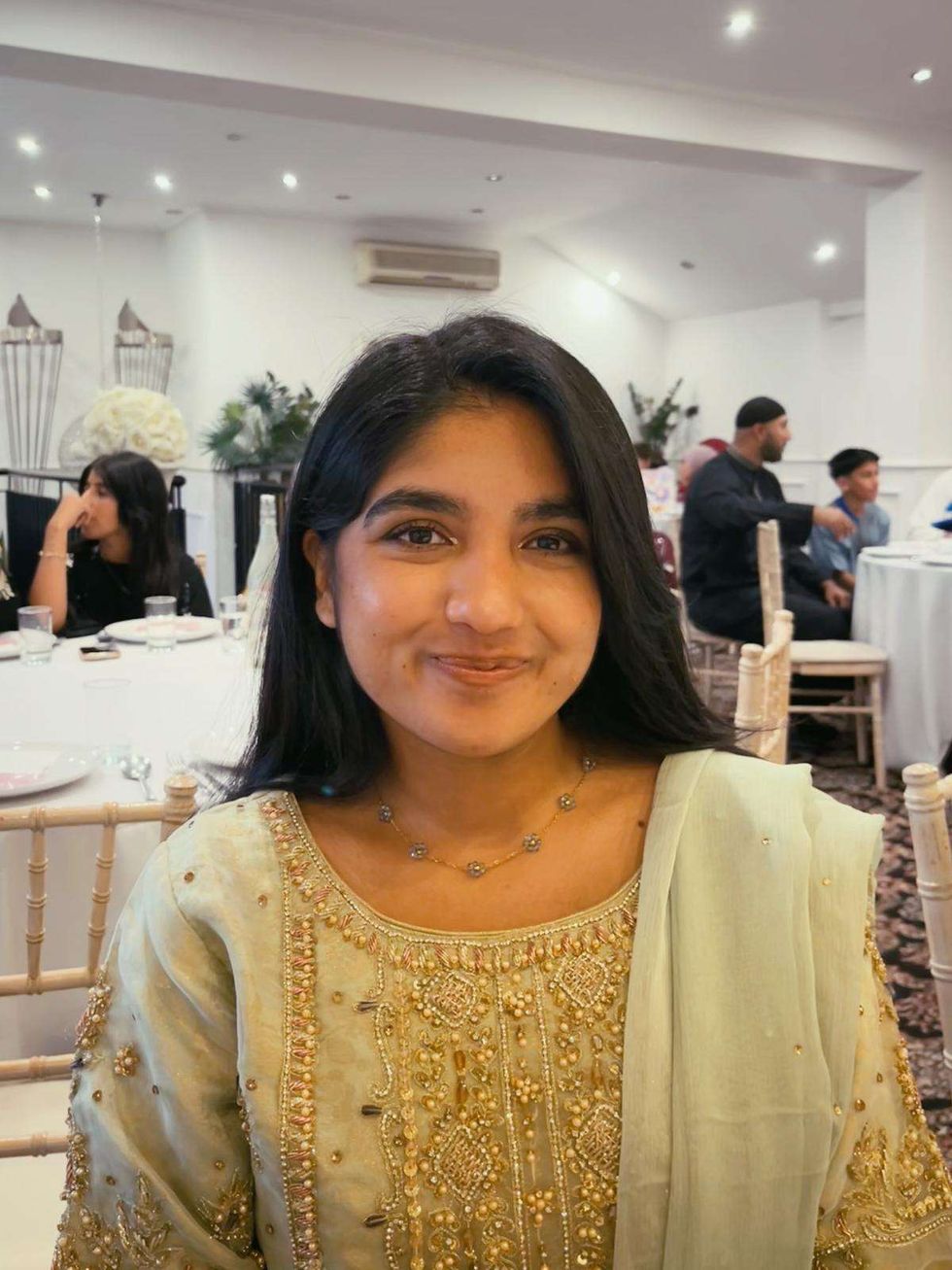by LAUREN CODLING
A SARI and salwar kameez are among south Asian attire that have been included in an exhibition in New York that showcases garments which have had a “profound” effect in the world.
Is Fashion Modern? premiered at Museum of Modern Art (MoMA) last month and features 111 garments and accessories, including saris and hijabs.
Senior curator Paola Antonelli said these items have been included as they have had a “profound effect on the world at either global or local levels in the last century”.
“I think the hijab is truly global at this point,” she told Eastern Eye. “But the sari and the salwar kameez still have a strong identification with south Asia and the diaspora.”
Also included in the show are the traditional salwar kameez originating from the Indian subcontinent; turbans, traditionally worn by Sikhs; and the burkini.
Each item in the exhibition is presented in the stereotypical view that has made them significant in the last century. They are accompanied by images and videos which trace the garment’s history and origin.
Antonelli, who has worked with the museum since 1994, said she had been toying with the idea of a fashion collection in the institution for over a decade.
It was only after encouragement from MoMA’s director Glenn Lowry to think of a list of “garments that changed the world” that the idea started to take form.
“The impetus for the exhibition really comes from my firm belief that there is not a complete history of design without fashion, a very important subset of the design field as a whole,” she said. “This exhibition is long overdue!”
The display’s premise was initially inspired by a 1944 MoMA exhibition Are Clothes Modern? by Czech American writer Bernard Rudofsky.
The project is the only other instance of the museum addressing this particular field of fashion design. It explored ways in which fashion is created, advertised, distributed, worn, and disposed of.
Antonelli hopes the questions this current exhibition poses are “provocative” and “compelling” for many people.
“Asking whether fashion is modern is one way of posing the simple question – what does what we wear at a particular moment in time tell us about current individuals and wider groups and ecosystems?” she said.
Antonelli, who aims to “insistently promote design’s understanding, until its positive influence on the world is universally acknowledged”, hopes visitors will look differently at what they wear and have a wider understanding of how clothing has been designed from raw materials to a final product.
“Design is a field that touches each of our lives every day in ways both large and small, and fashion is no exception,” she explained. “And fashion – a key area of design – is for many of us the very first design interface every day between ourselves and the world.
“Each of the works in the show is a small lens that we hope will help visitors investigate this idea from different angles.”
The exhibition runs until January 28, 2018





 Mareyah Bhatti , a sustainability strategist and passionate home cookMareyah Bhatti
Mareyah Bhatti , a sustainability strategist and passionate home cookMareyah Bhatti





